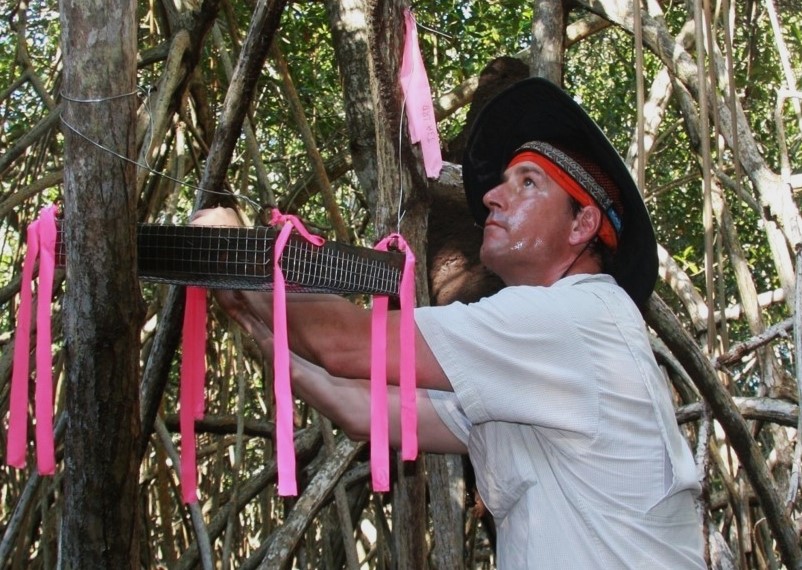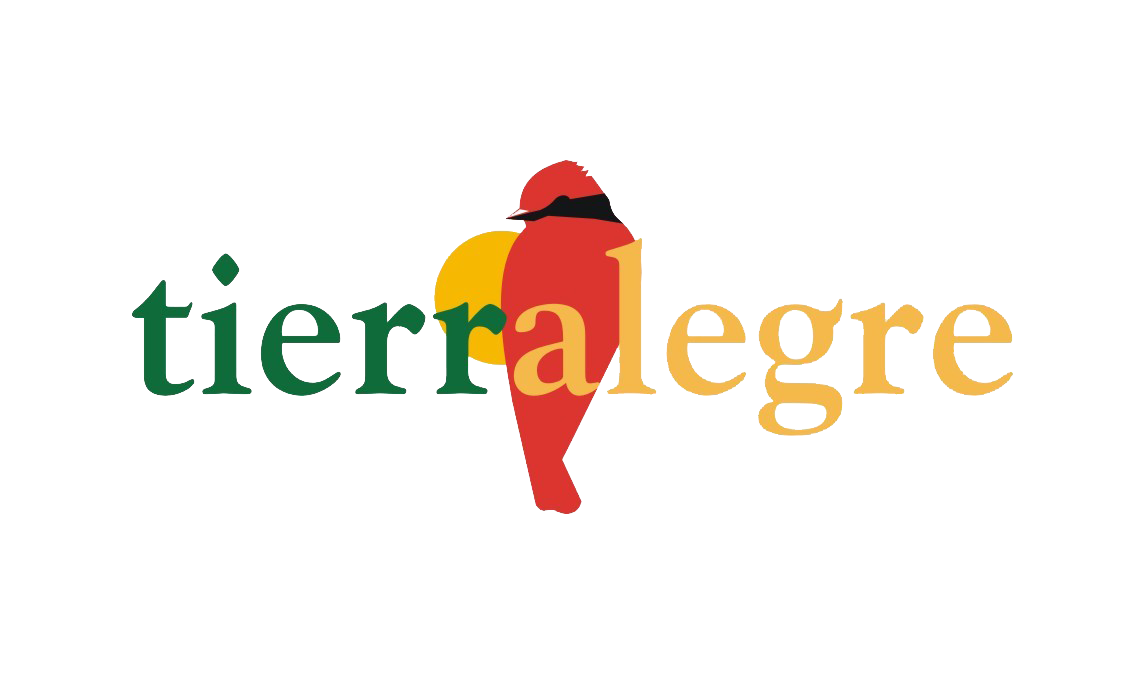Our Story. Tierralgre’s origin story begins 22 years ago with the development of University field studies and ecotourism programs along the Costalegre. Originally based in La Manzanilla, Jalsico, Davison Collins founded Tierralgre to address critical needs for science-based land management policy, informed ecotourism, conservation planning and direct service. Davison worked closely with the local ejido, tourism businesses, and area schools to establish a cohesive, integrated strategy to further environmental advocacy and planning. In 2000, Davision was joined by two PhD candidates from the University of Nevada, Reno (UNR), Corey Lewis and Jerry Keir, both of whom studied with Collins in Reno. As senior staff at UNR’s Great Basin Institute, they coordinated University student engagement in Tierralgre’s efforts to support increased protection of coastal ecosystems and the need for building community capacity. Over time, these University courses led to interdisciplinary watershed research and restoration programs with funding made available by Earthwatch Institute, the Walton Family Foundation, the International Community Foundation. Additional support came from scholarships made available from International Studies programs from a small constorium of Universities from schools within the California State University system (Chico, Humbodlt State, and Channel Islands), as well as from the University of South Florida and a regional branch of the Universidad de Guadalajara. Research on ecohydrology, population genetics, mangrove and fisheries productivity, and restoration efficacy served as a model for future conservation efforts and today inform current programs underway at Tierralgre.
The Story Continues. Today, our growing parternships includes a diverse bilateral team of principle investigators, agency representives, community activists, and land owners who continue this important work along the coastal communities of this imperilled landscape. Collaborating with a broad constituency of key stakeholders and federal, state, and local regulatory agencies, Tierralgre has become a leader in uniting private and public interests to address the growing challenges of climate change, deforestation, species protection, and the pressing need for improved community health and economic well being. To that end, Tierralgre successfully garnered financing to establish a permanent research station, the Capacha Coastal Conservation Center. Located on Playa Grande near the rural town of Arroyo Seco, the Center provides the necessary infrastructure to host students, volunteers, and visiting guests to contribute to a variety of conservation initiatives and community programs. The Center’s 8 hectare Main Station offers housing, food services, and support staff to deploy monitoring programs and ecological restoration with student groups, research teams, and conservation volunteers. Capacha’s beach front bungalows also provide guests with housing built with sustainable design that utilize bamboo locally sourced from the upland ranch where habitat recovery and reforestation efforts serve as a demonstration site to showcase permaculture best practices and sustainable, low density housing.
TIERRALEGRE LEADERSHIP TEAM

Corey Lewis
Community Development Director

Davison Collins
Founder & CEO

Jerry Keir
Conservation Director
We really felt a part of important work.
“Our field work was well organized and we understood research protocols and the purpose of the studies in ways meaningful and satisfying.“

Field Studies 2015
“The greatest threat to our planet is the belief that someone else will save it!“ – Robert Swan

$2.3MM in Conservation Investment
Diverse public and private contributions continue to realize positve change along the Costalegre.

10,645 Volunteer hours
Since 2000, Tierralgre harnessed the power and idealism of 672 University faculty, students, and national & international volunteers.

6,432 Sea Turtles Released
Sea turtle protection program unites coastal conservation across Mexico’s RAMSAR sites.
